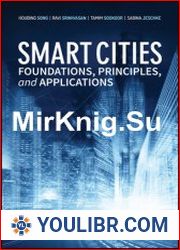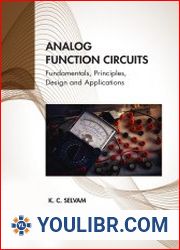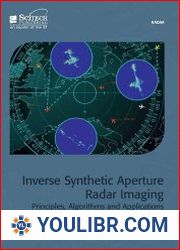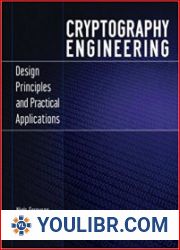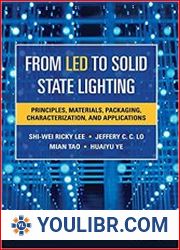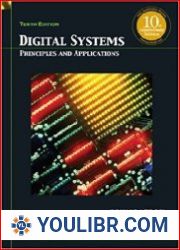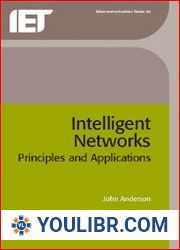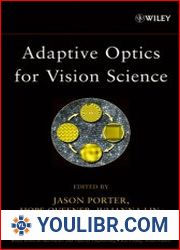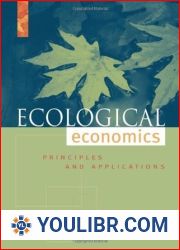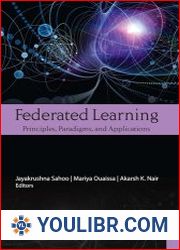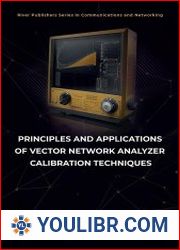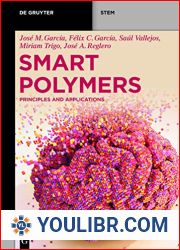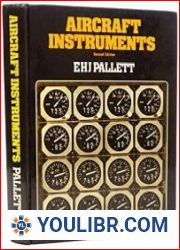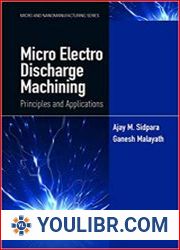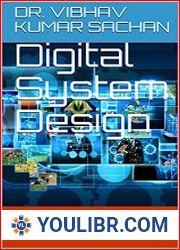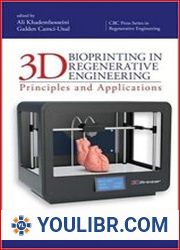
BOOKS - Electronics Principles and Applications, 10th Edition

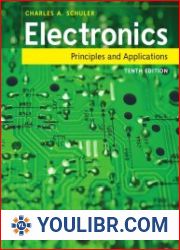
US $5.75

360585

360585
Electronics Principles and Applications, 10th Edition
Author: Charles A. Schuler
Year: 2024
Number of pages: 641
Format: PDF
File size: 27.8 MB
Language: ENG
Year: 2024
Number of pages: 641
Format: PDF
File size: 27.8 MB
Language: ENG
Electronics: Principles and Applications, 10e, requires no prior knowledge of electrical theory and principles. This text has been written at a level that allows students with limited math and reading skills to gain a clear understanding, and provides the entry-level knowledge and skills for a wide range of occupations within electricity and electronics. The text also offers a wildly popular Experiments Manual. Electronics: Principles and Applications, 10e, introduces analog devices, circuits, and systems. It also presents various digital techniques that are now commonly used in what was once considered the sole domain of analog electronics. It is intended for students who have a basic understanding of Ohm’s law; Kirchhoff’s laws; power; schematic diagrams; and basic components such as resistors, capacitors, and inductors. The digital material is self-contained and will not pose a problem for those students who have not completed a course in digital electronics. The only mathematics prerequisite is a command of basic algebra. The major objective of this text is to provide entry-level knowledge and skills for a wide range of occupations in electricity and electronics. Its purpose is to assist in the education and preparation of technicians who can effectively diagnose, repair, verify, install, and upgrade electronic circuits and systems. It also provides a solid and practical foundation in analog electronic concepts, device theory, and modern digital solutions for those who may need or want to go on to more advanced study. The tenth edition, like the earlier ones, combines theory and applications in a logical, evenly paced sequence. It is important that a student’s first exposure to electronic devices and circuits be based on a smooth integration of theory and practice.







